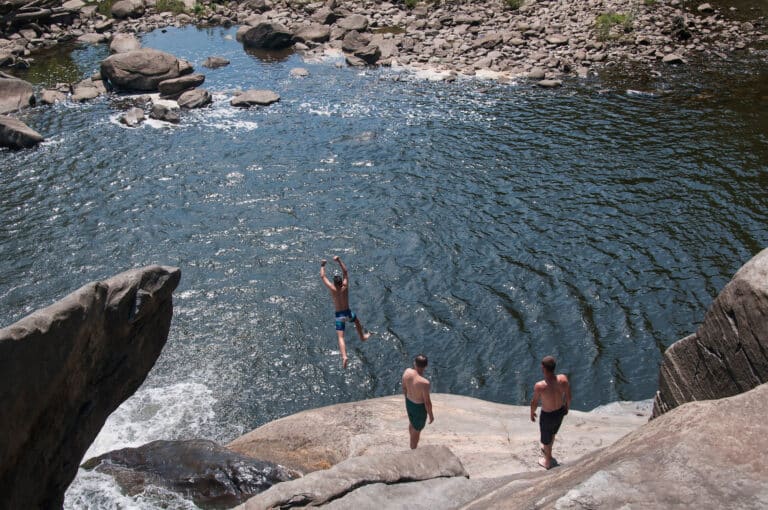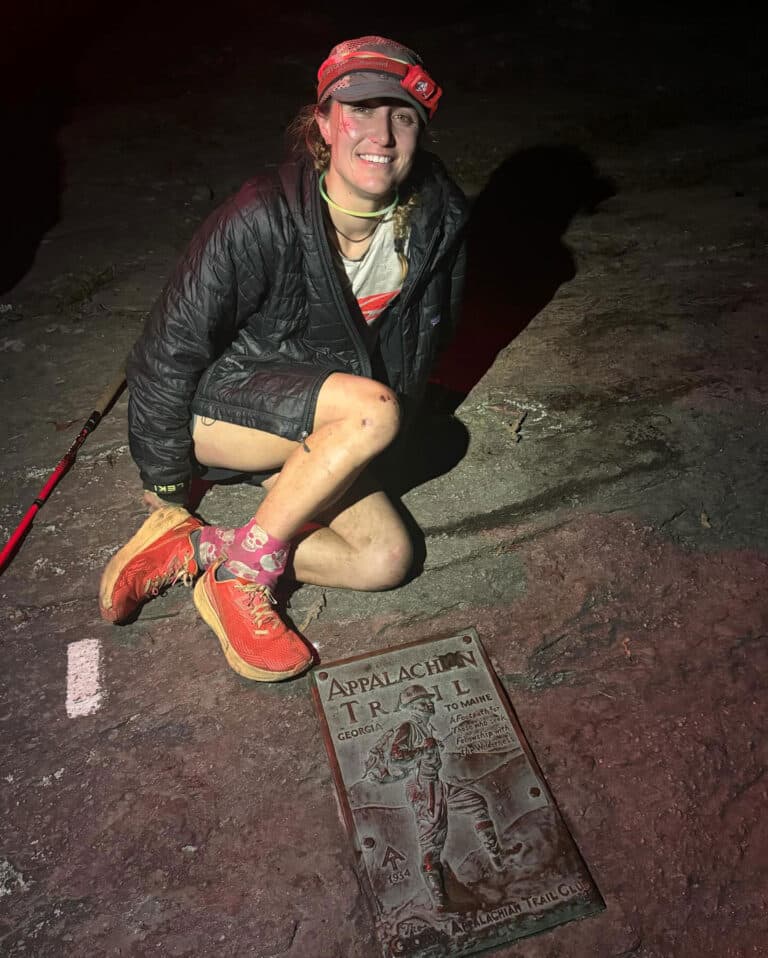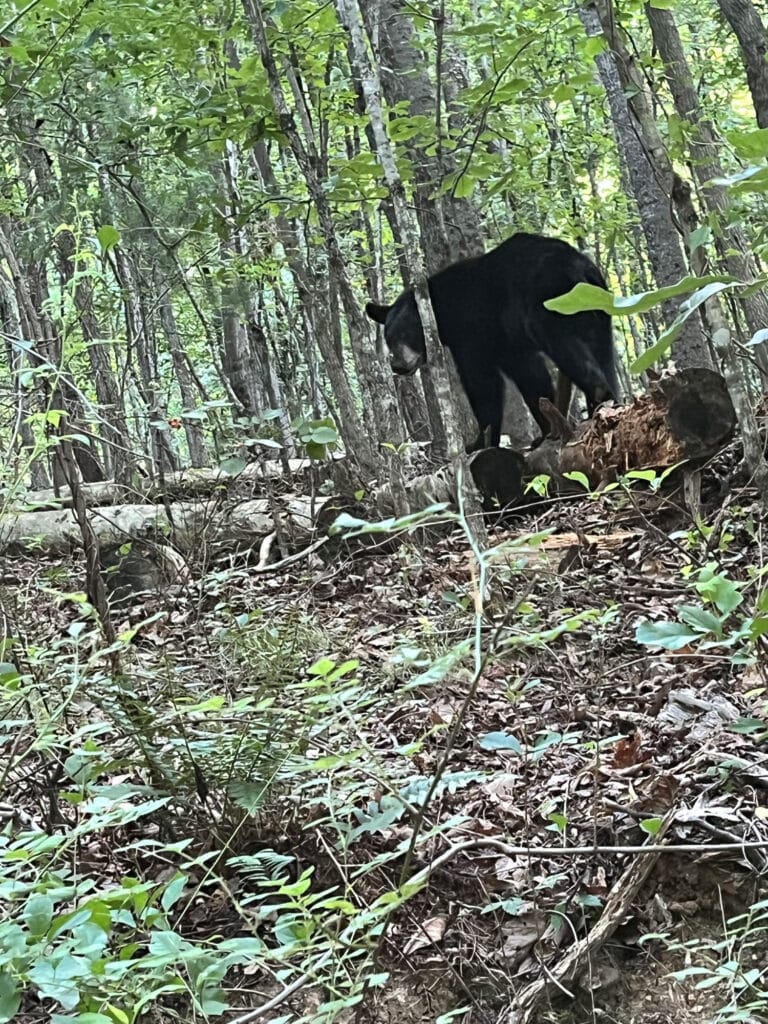LAST December, a 72-acre sludge pond at a coal-fired power plant in east Tennessee broke through its earthen dam walls, spilling over one billion gallons of toxic waste into nearby rivers. It is the worst environmental disaster in American history – 100 times larger than the Exxon Valdez oil spill.
The disaster brought national attention to the lack of federal regulations governing coal ash storage. For many Appalachian residents, it proved again that there is no such thing as clean coal. But as the TVA and EPA try to clean up the mess, many Appalachians are left wondering: Will this disaster finally wake Americans up to the harsh realities of coal-fired power – and move us more quickly toward renewables?
“If any good can come from this, it’s that it will make people realize that we shouldn’t be using our rivers and streams as waste storage for the coal industry,” says Joe Lovett, executive director of the Appalachian Center for the Economy and the Environment.
There’s precedent for Lovett’s optimism. In 1969, two environmental disasters – the Santa Barbara Oil Spill and the Cuyahoga River Fire – served as a wake up call to the American public, helping to spur the creation of the National Environmental Protection Act and the Clean Water Act. Will the TVA spill have a similar effect on environmental legislation and the consciousness of the American public?
Coal-burning power plants produce 125 million tons of coal ash every year, most of which is stored into 156 impoundments similar to the Kingston pond that burst. The ash contains mercury, selenium, arsenic, and a host of other metals and chemicals that the EPA considers toxic, but the ponds themselves are still not regulated as toxic waste.
Back in 1980, Congress asked the EPA to regulate coal ash, but the agency still hasn’t produced any rules, leaving toxic coal ash virtually unregulated. A 2006 EPA report acknowledged that coal ash is a danger to human health, but the report resulted in no regulations governing the waste. To date, municipal waste in landfills are governed with tighter restrictions than toxic coal ash.
A Senate oversight hearing was held three weeks after the TVA Kingston flood to determine if more federal oversight of coal waste storage is needed. A week after the hearing, Senate Environment and Public Works Committee Chairwoman Barbara Boxer announced the introduction of a bill that would provide federal regulations for coal ash storage. Shortly after, West Virginia Congressman Nick Rahall announced the introduction of a similar bill to Congress. Both bills aim to fill a legislative gap in the treatment of coal waste. While the bills are a step in the right direction, many believe no piece of legislation is likely to fix the underlying problem that allowed for this blatant lack of regulation for so many years: the close and unhealthy relationship between the coal industry and the officials tasked with governing that industry.
The Bush administration appointed a number of former coal executives and lobbyists to key positions overseeing environmental policy. In 2002, the Bush Administration changed the Clean Water Act to allow for waste from mountaintop removal sites to be dumped into streams. At the end of the Bush term, his administration eliminated the “stream buffer rule,” essentially allowing coal companies to mine through streams.
“We have to stop giving coal a free ride,” says Judy Peterson, executive director of the Kentucky Waterway Alliance. Kentucky is the country’s leading state in coal ash waste storage. A coal slurry pond in Martin County, Kentucky, burst in 2000, unleashing 300 million pounds of toxic waste into waterways.
Peterson and her fellow Kentuckians have been living with the impacts of coal for decades, but most Americans are completely unaware of the immense environmental price tag that is associated with burning coal for power: poisoned drinking water, skyrocketing rates of asthma and respiratory disease, and at least 25,000 premature deaths caused every year by coal-related pollution.
“Coal’s health effects can seem abstract and distant. People don’t see it unfolding in front of them like a war,” says Scott Parkin of Rainforest Action Network. “It’s a longer process for these kinds of issues to reach the general public.”
Particularly when the coal industry spends $35 million in one year on misleading advertisements designed to keep America in the dark about the realities of coal. Coal representatives toured the nation with the presidential candidates in 2008 and even sponsored the debates.
What the “clean coal” commercials don’t mention is that coal is inherently dirty. It’s made of toxic materials like mercury and arsenic, and these toxins are remitted when coal is burned – either into the air through smokestacks, or into the water through coal ash storage ponds.
Ironically, the attempt to make coal cleaner – by capturing air emissions – is only making coal ash ponds more toxic and dangerous.
“We’re generating much more waste from coal now than we were years ago. Waste is becoming as big of a problem as emissions,” Joe Lovett says. “This isn’t the first disaster of its kind and it won’t be the last if we keep storing coal waste in water.”
Less than two weeks after the Kingston flood, a second TVA facility in Widows Creek, Ala., overflowed, sending waste into nearby streams. Then a dam spilled over into the Ocoee River in Eastern Tennessee, shooting plumes of toxic sludge into the Olympic whitewater course. Then a train carrying coal overturned near the Big South Fork National Recreation Area, dumping 1,100 tons of coal next to the New River.
For decades, TVA and other coal-burning power companies have been left alone to regulate themselves. In a press conference after the most recent TVA spill, Tennessee Governor Phil Bredesen admitted, “TVA is a federal agency, and there may have been an exaggerated deference to them. We are not doing today everything we possibly could.”
But the fly ash spill is not the only toxic legacy of coal. It’s a problem that starts with blowing up mountains to mine coal and ends with storing toxic coal waste next to rivers. And when environmental and health degradation are factored into the equation, coal isn’t even cheap.
TVA is spending $1 million a day to clean up the Kingston flood (a cost the federally owned corporation has already said they’ll pass on to customers). And the Supreme Court ruled in January that TVA has to install $1 billion worth of pollution safeguards on their plants nearest to North Carolina (costs that will again be passed onto TVA customers).
“Cheap coal is a myth,” Peterson says. “We have to hold the coal industry to the same environmental standards as other industries. If that increases the cost of burning coal, then so be it. At least then the cost will be spread across the entire country and not just (continued on p. 28) be the burden of locals living with coal in their backyard.”
Environmentalists are hopeful that a “coal awakening” is on the horizon. The Supreme Court’s recent ruling in favor of the state of North Carolina against TVA sets a landmark precedent for other states to sue over air pollution drifting across state lines. The Obama administration has shown interest in labeling carbon dioxide as a pollutant, establishing federal coal-burning emissions standards, and ending mountaintop removal mining. The Kingston flood – as tragic as it is – may have helped open America’s eyes to the disastrous realities of coal.
“We’ve had eight years of the coal industry running the show,” says Lovett. “I’m optimistic that things are going to change.”







